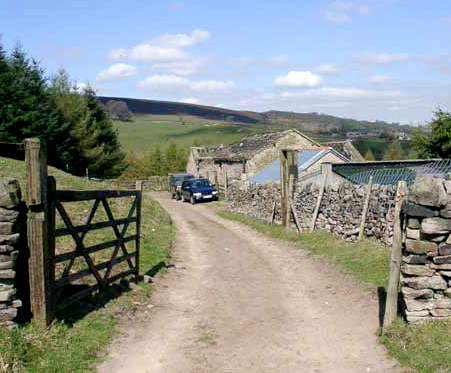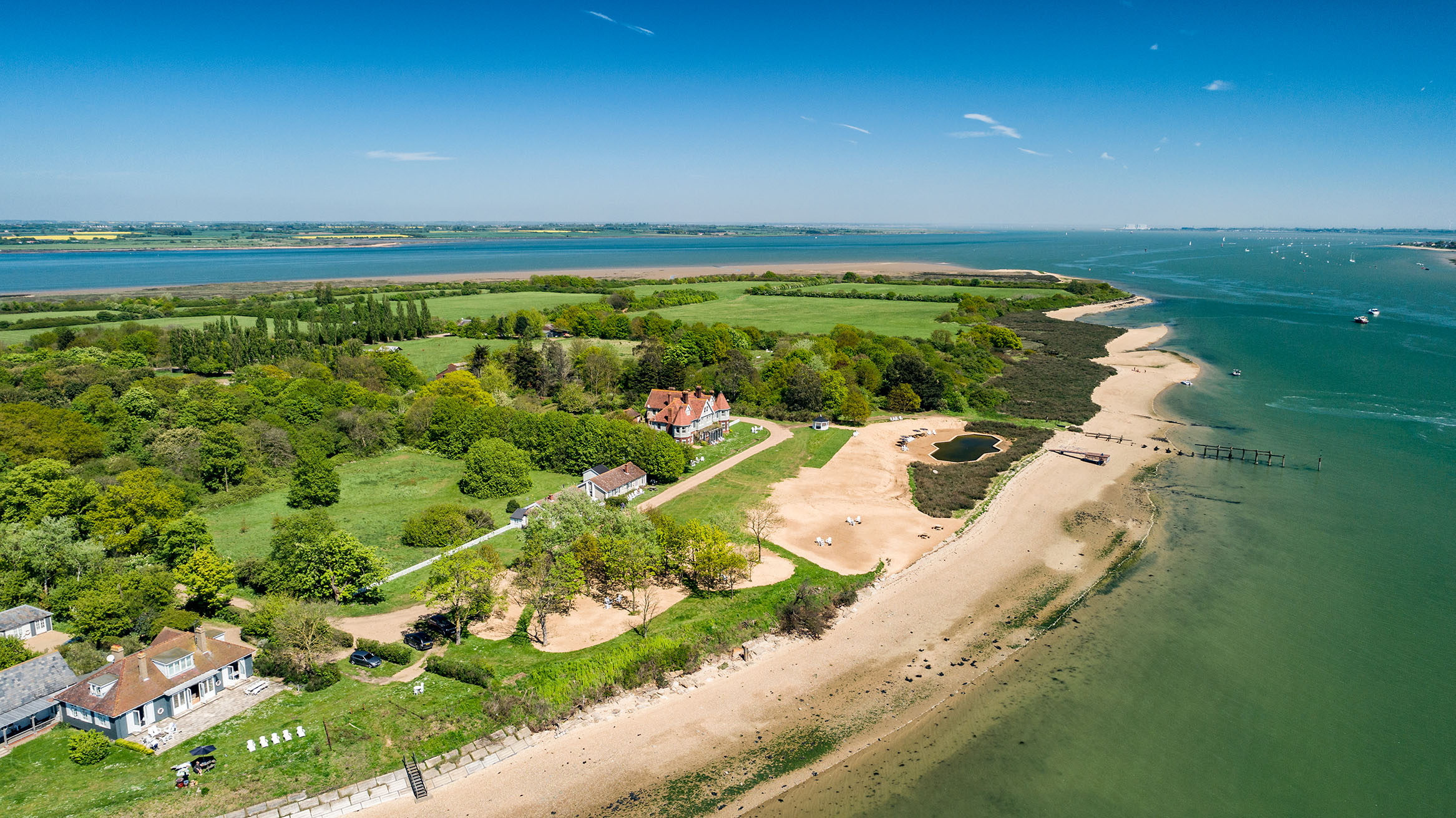Farmland values fall
The exponential rise in farmland values in England witnessed over the past few years appears to be slowing, according to a new report


Knight Frank report that annual growth in farmland values in England has fallend to 27% from a peak of almost 38% in the second quarter of 2008.
However, prices falls are slight. Annual growth has fallen to 27% from a peak of almost 38% last quarter although the agency is forecasting further declines over the next 12 months.
Andrew Shirley, head of rural land research at Knight Frank, says: 'The spectacular rise in farmland values has come to a juddering halt after some of the strongest growth ever seen by the market. The value of English farmland, according to results from the Knight Frank Farmland Index, fell by just under 1% in the third quarter of 2008 following growth of 11.9% and 10.4% in quarters one and two respectively.
Mr Shirley points to the dreadful harvest which has made arable farmers - teh strong players in the land market - more cautious. The cost of drying wet grain this harvest has been astronomical for many businesses and harp increases in fertiliser and other input costs have also added to the gloom.
'Lifestyle buyers, especially those from the finance and banking sectors, have also been prominent in the farmland market in recent years, but the credit crunch and global economic crisis means their activity has declined substantially,' continues Mr Shirley. 'According to our prime country house index, the value of farmhouses has fallen by 7.5% over the past 12 months. Selling farms where the bulk of the value is in residential property is becoming much harder.
'Despite this, we are only forecasting a small decline in average values over the next 12 months of between 2% and 5%, although this may be greater for smaller, purely commercial blocks of bare land with limited neighbour interest. There is a still a relatively limited supply of land, which should help ensure farmland prices do not slide as dramatically as the residential market. A number of frustrated buyers, particularly funds, may also see this cooling-off period as an opportunity to get into a market that has previously been too hot for them.
Sign up for the Country Life Newsletter
Exquisite houses, the beauty of Nature, and how to get the most from your life, straight to your inbox.
'Although we probably won’t see so many of the headline-grabbing deals of over £8000/acre, which were being achieved earlier this year, it is worth bearing in mind that these sales made up a small part of the market. Land across England still averages only just over £5,000/acre, which is much cheaper than in other European countries like Denmark and Ireland.
'Unless we see a massive flood of land for sale during the rest of the year and into 2009, and there are no signs of this happening despite a modest upturn in the number of farms for sale, the market should remain firm and the best properties will still sell well.'
Country Life is unlike any other magazine: the only glossy weekly on the newsstand and the only magazine that has been guest-edited by HRH The King not once, but twice. It is a celebration of modern rural life and all its diverse joys and pleasures — that was first published in Queen Victoria's Diamond Jubilee year. Our eclectic mixture of witty and informative content — from the most up-to-date property news and commentary and a coveted glimpse inside some of the UK's best houses and gardens, to gardening, the arts and interior design, written by experts in their field — still cannot be found in print or online, anywhere else.
-
 380 acres and 90 bedrooms on the £25m private island being sold by one of Britain's top music producers
380 acres and 90 bedrooms on the £25m private island being sold by one of Britain's top music producersStormzy, Rihanna and the Rolling Stones are just a part of the story at Osea Island, a dot on the map in the seas off Essex.
By Lotte Brundle Published
-
 'A delicious chance to step back in time and bask in the best of Britain': An insider's guide to The Season
'A delicious chance to step back in time and bask in the best of Britain': An insider's guide to The SeasonHere's how to navigate this summer's top events in style, from those who know best.
By Madeleine Silver Published
